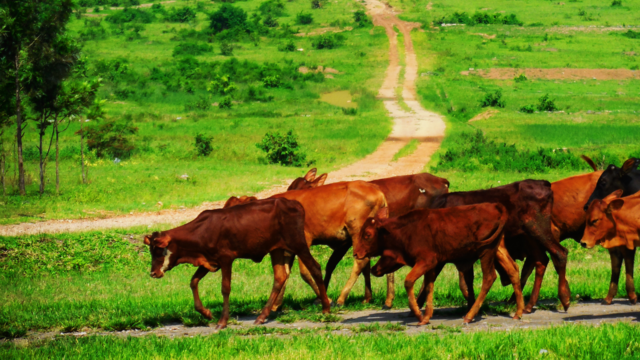On the terraced hillsides of Burundi, morning light falls across neat rows of cassava, maize, and beans—crops that sustain not only the nation’s kitchens but much of its economy. In this small, landlocked East African country, agriculture is more than an occupation; it is a lifeline, shaping livelihoods, traditions, and the fragile balance of national stability.
Nearly nine out of ten Burundians work the land, most of them practicing subsistence farming. Fields are often planted with staple crops destined for family consumption rather than market sale. Rural life revolves around the seasonal rhythms of planting and harvest, with communities bound together by the shared uncertainty of weather and yield. A poor season can mean more than lean months ahead; it can tip entire households into hunger.
This deep reliance on subsistence farming leaves the country vulnerable. Fluctuations in rainfall or pest infestations can devastate harvests, and with few alternative sources of income, rural communities are often left exposed to the shocks of climate and economy alike. Yet, in recent years, a slow but determined shift has begun to take root—a move toward agricultural sustainability that aims to bolster both food security and economic resilience.
Government agencies, local cooperatives, and international organizations are working in tandem to introduce modern farming practices. Pilot programs encourage crop diversification, moving beyond the traditional trio of cassava, maize, and beans to include nutrient-rich vegetables and fruits that improve diets and restore soil health. Cash crops such as coffee and tea, already significant export earners for Burundi, are being cultivated with improved methods to increase both yield and quality.
In parts of the country, organic farming techniques—composting, crop rotation, and reduced reliance on chemical fertilizers—are gaining traction. These approaches not only protect the land but also align with global trends favoring environmentally responsible agriculture. At the same time, investment in irrigation infrastructure and improved seed varieties is beginning to reduce farmers’ dependence on unpredictable rainfall.
Education plays a central role in this transformation. Training sessions, often held in village meeting spaces or under the shade of mango trees, focus on resource management, market access, and sustainable techniques that preserve soil fertility. For many farmers, such knowledge has opened a path toward greater self-sufficiency and, in some cases, modest but crucial income from surplus sales.
Burundi’s agricultural future is far from assured. Climate change continues to disrupt weather patterns, while limited infrastructure and market access remain persistent hurdles. Still, the gradual shift from subsistence to sustainability offers a framework for progress. If the trend continues, the country’s fields could become not only a source of survival but also a foundation for broader economic growth.
The story of Burundi’s agriculture is ultimately one of resilience—rooted in the land, shaped by hardship, and sustained by the quiet determination of those who work the soil. In the furrows of its fields lies both the memory of subsistence and the promise of a more sustainable future.
Sources:
- Food and Agriculture Organization of the United Nations (FAO). “Burundi: Agriculture Overview.” 2024.
- International Fund for Agricultural Development (IFAD). “Investing in Rural People in Burundi.” 2023.
- World Bank. Burundi Economic Update: Strengthening Agricultural Productivity. Washington, D.C., 2022.


